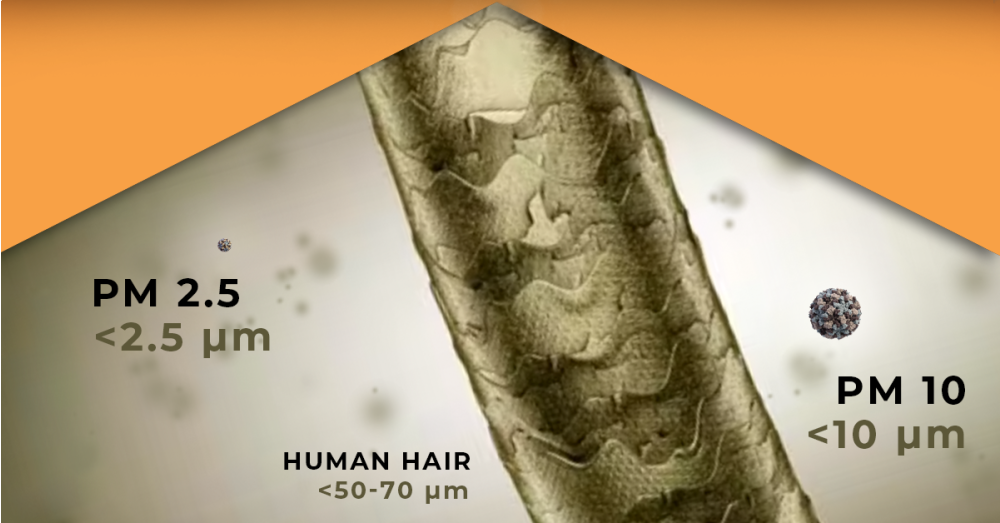The Importance of Monitoring Particulate Matter - PM 10 and PM 2.5
The Importance of Monitoring Particulate Matter - PM 10 and PM 2.5
Understanding PM 10 and PM 2.5 readings are imperative for human safety. So, let’s take a look at the difference between the two levels, what scenarios they are both found, and how to monitor PM 10 and PM 2.5.
PM 2.5
Particulate matter 2.5, or PM 2.5, isvery small particles in air that are 2.5 micrometers (about 1 ten-thousandth of an inch) or less in diameter. This is less than the thickness of a human hair. Particulate matter, one of six U.S. EPA criteria air pollutants, is a mixture that can include organic chemicals, dust, and metals.
What are the health effects of PM 2.5?
Effects of PM 2.5 attributable to long-term exposure to PM 2.5 include ischemic heart disease, lung cancer, chronic obstructive pulmonary disease (COPD), lower-respiratory infections (such as pneumonia), strokes, type 2 diabetes, and adverse birth outcomes.
PM 10
PM 10 describes inhalable particles, with diameters that are generally 10 micrometers and smaller. Under the Clean Air Act, the EPA sets and reviews national air quality standards for PM. Air quality monitors measure concentrations of PM throughout the country.
What are the health effects of PM 10?
The effects of long-term exposure to PM 10 are less clear, although several studies suggest a link between long-term PM 10 exposure and respiratory mortality.
Is PM 10 or PM 2.5 more harmful?
Particles less than 2.5 micrometers in diameter are more harmful than larger particles.
Monitoring PM 10 and PM 2.5
What is particulate matter monitoring?
Particulate monitoring is typically part of fugitive dust air quality monitoring around construction and demolition sites which include the process of monitoring particulates, windspeed, direction, and more.
Why is monitoring PM so important?
The increasing awareness about particulate matter monitoring is mainly because of its effects on human health as well as the environment. Particulate matter affects respiratory and cardiovascular systems and can harm the environment.
How do you measure PM?
You can measure PM using light-scattering photometers, which measure PM in micrograms per cubic meter. While you can't specifically measure PM or distinguish between types of PM at home without one of these devices, you can monitor for total PM in the air, whether indoors or out.
Get Started with RAECO’s PM 10 and PM 2.5 Monitoring Equipment Today
RAECO Rents supplies instrument from leading manufacturers to monitor and alert on dust levels that are present on construction and demolition sites. At RAECO, we have training materials on the site to get you up to speed, and our support staff is available for any question you might have. RAECO Rents only charges you for the days that you have the equipment in your hands, not when it is in transit to or from the testing site.


